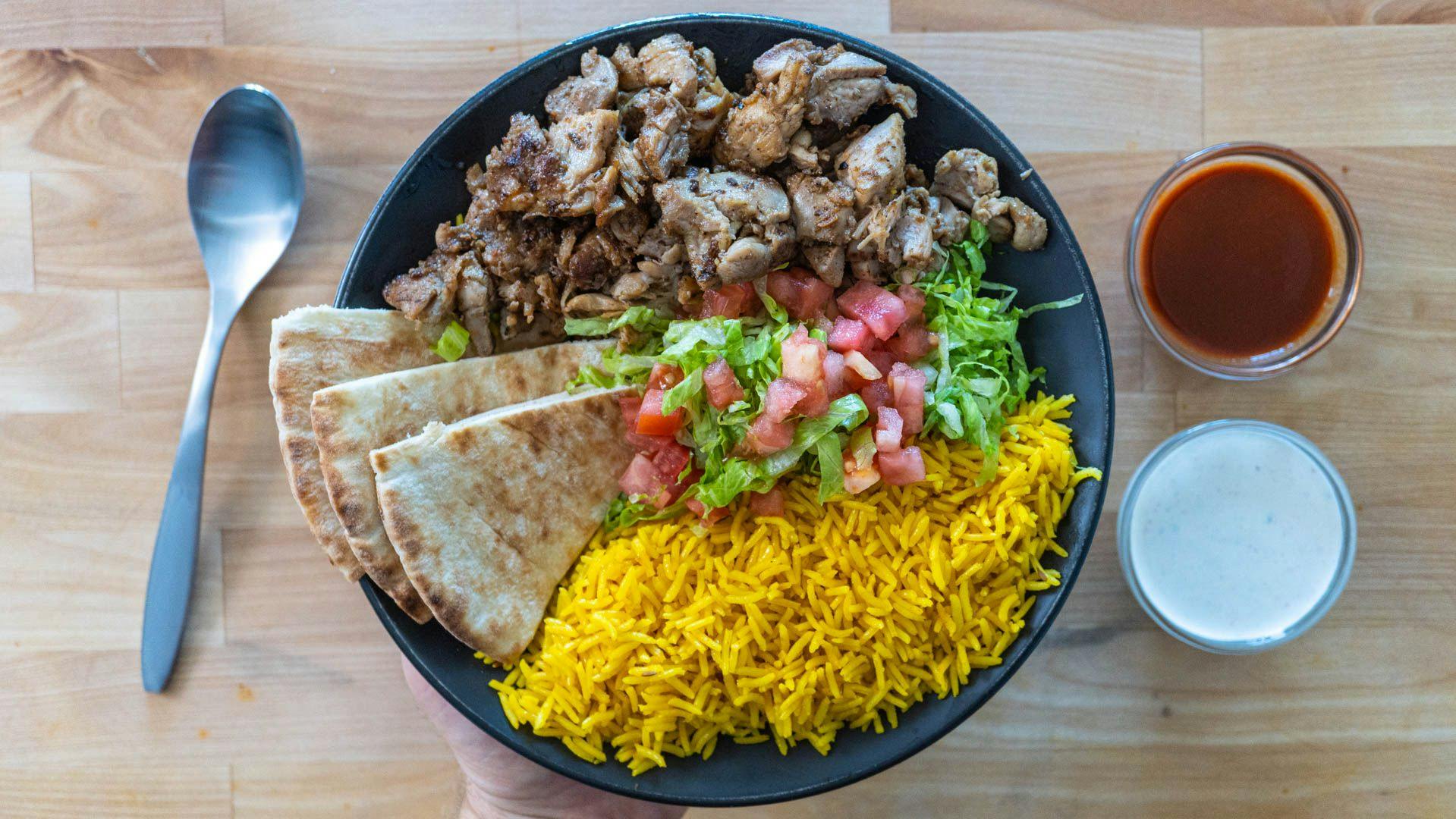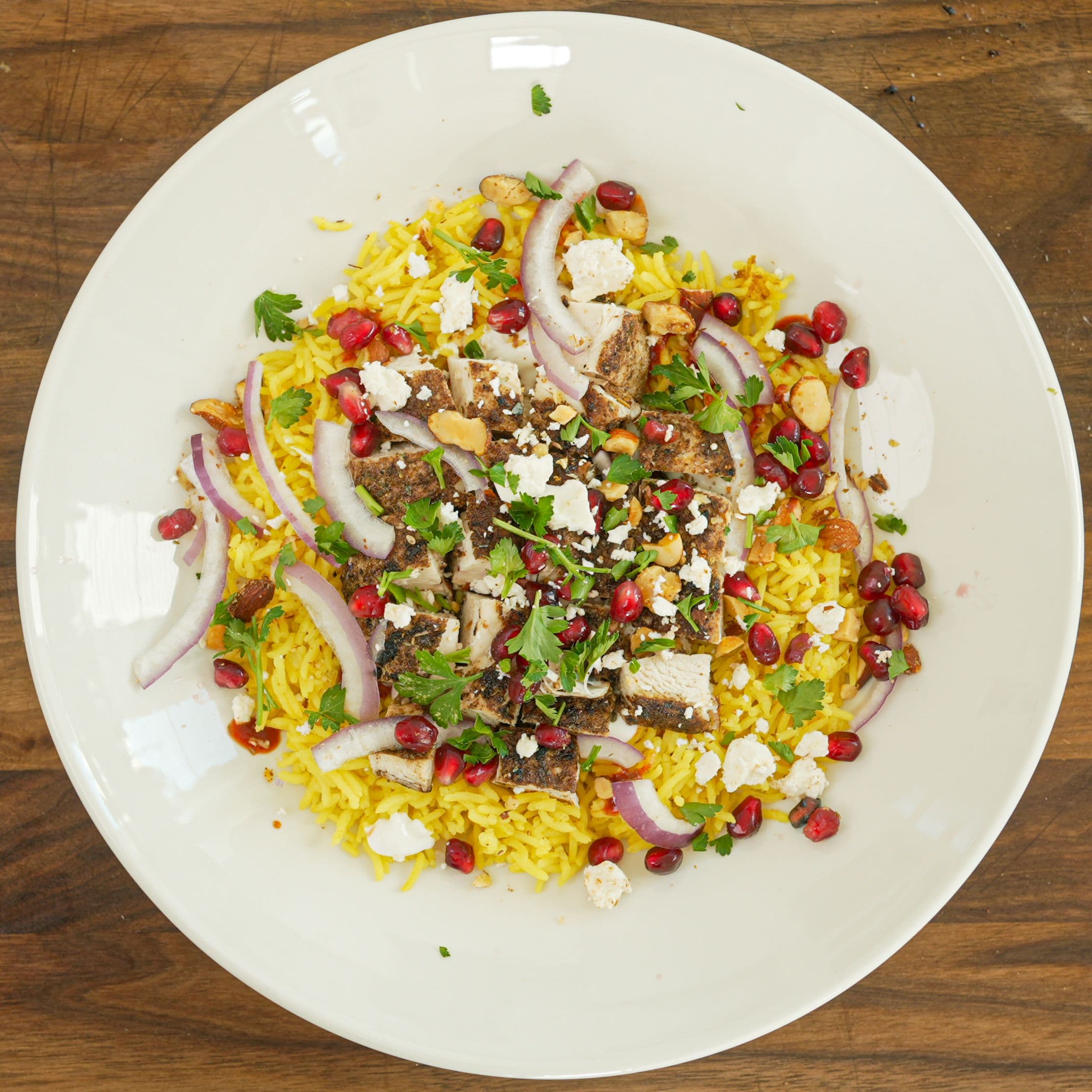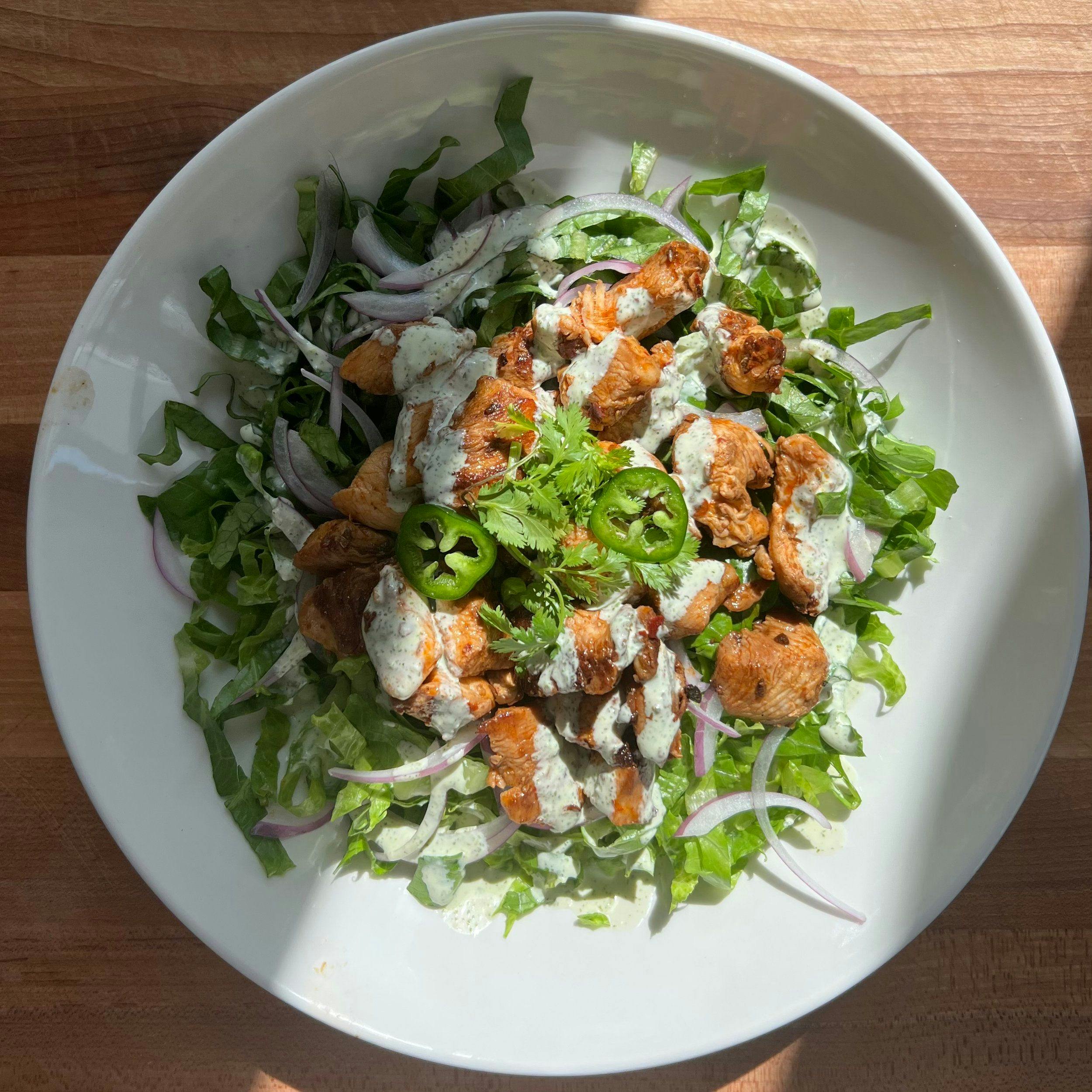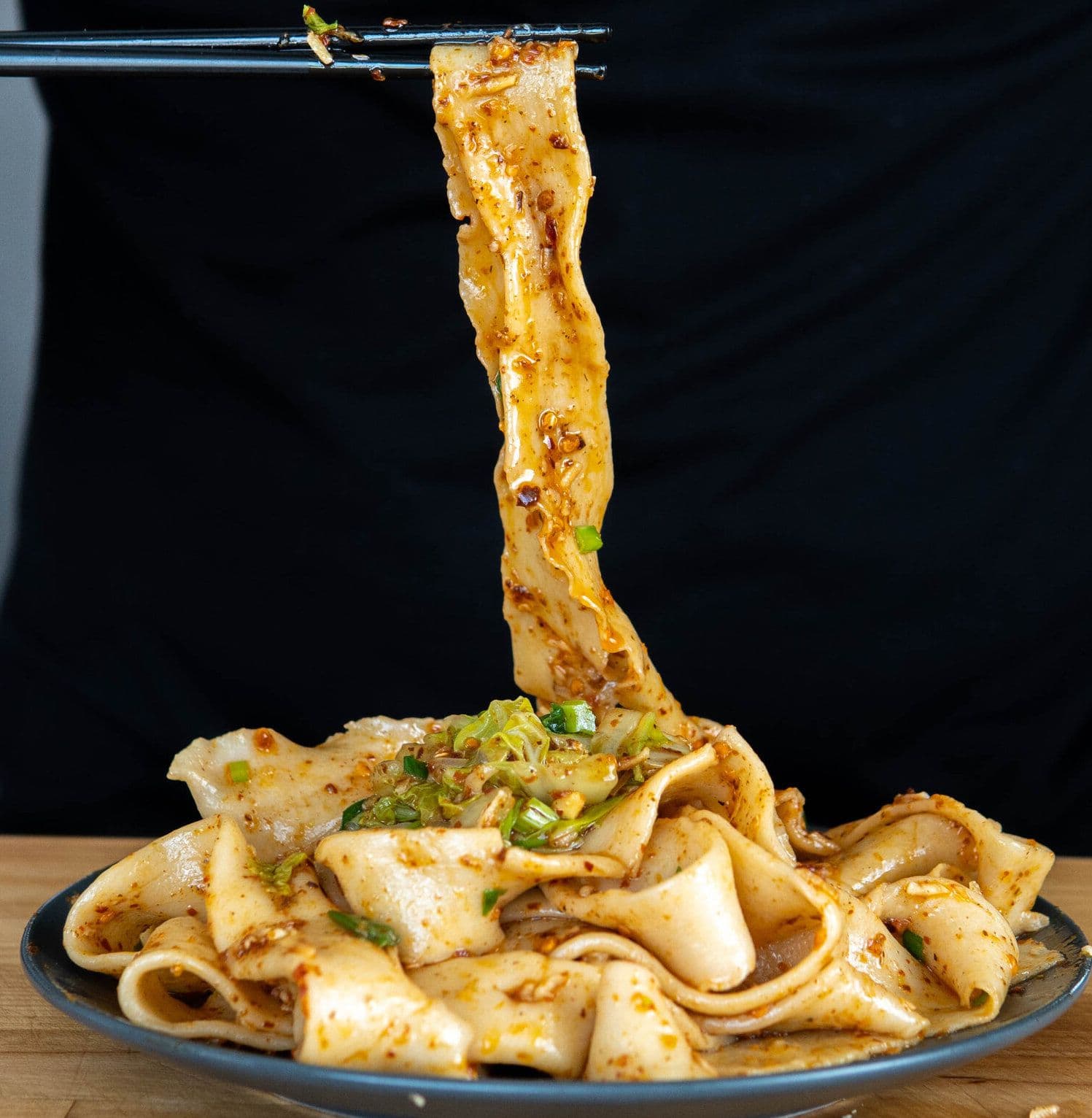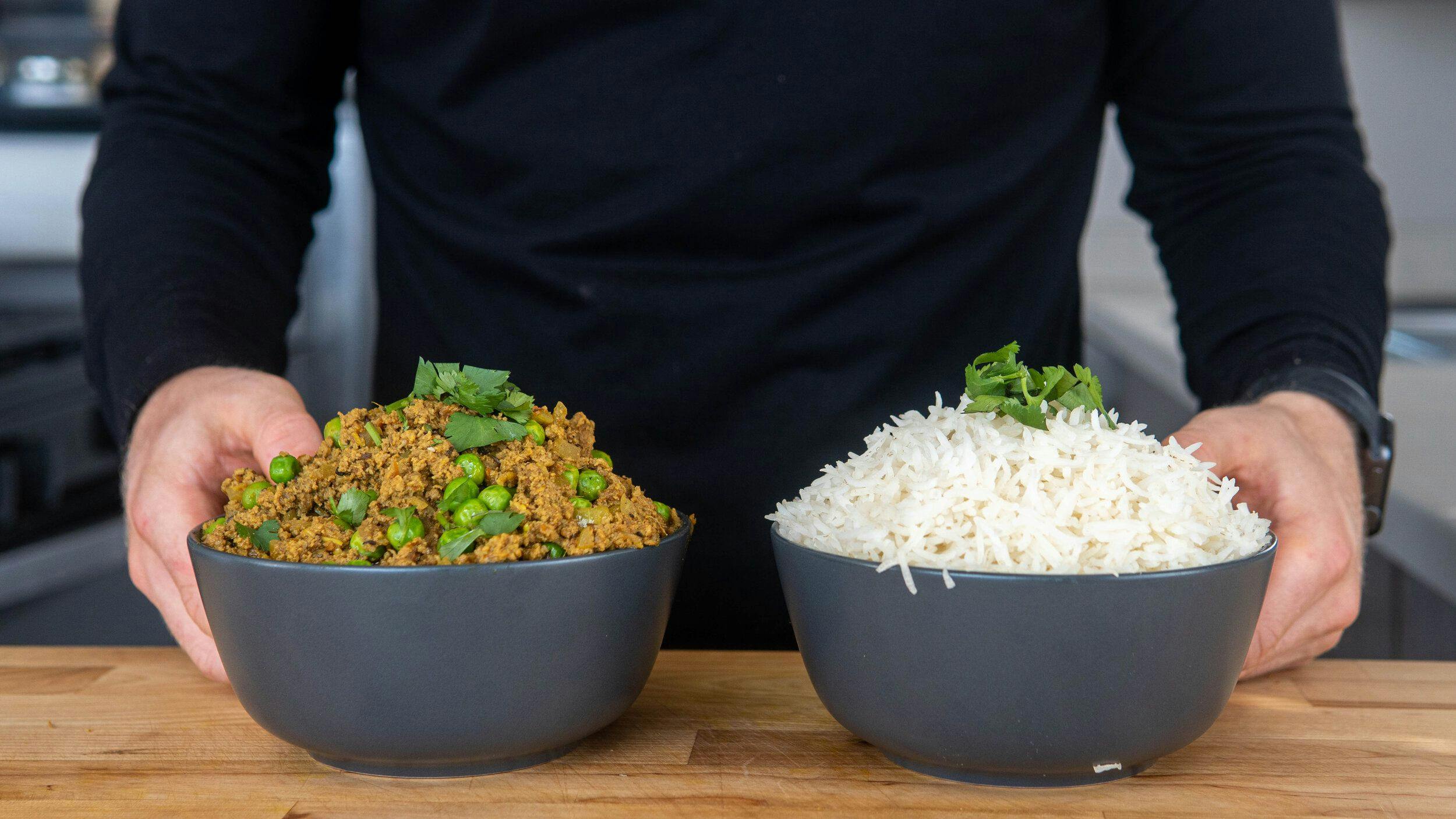Most of what we experience as ‘taste’ is actually smell. Specific combinations of aromas place a dish within a cuisine or flavor profile.
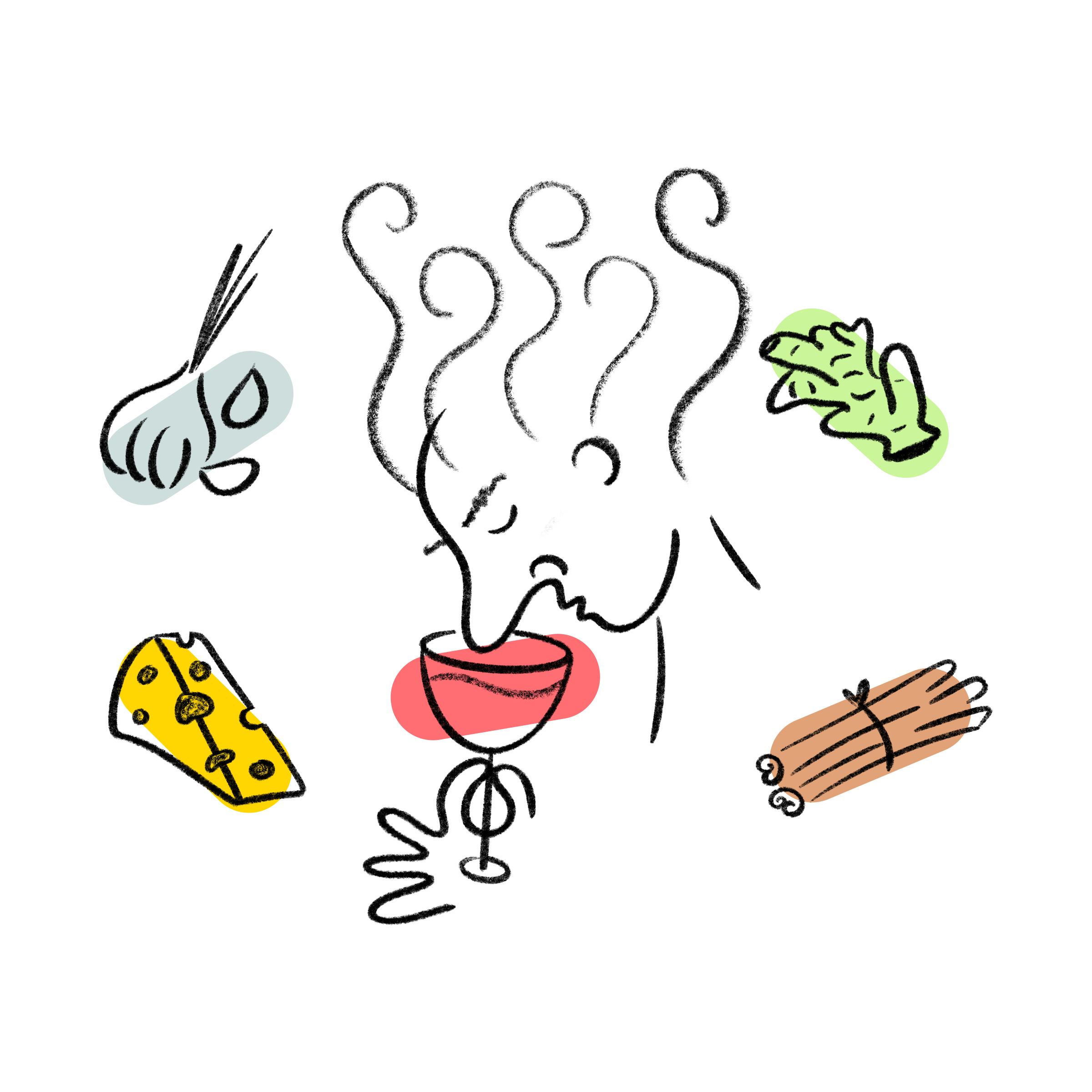
What are the fundamentals of aroma as an element of flavor?
Most of what we experience as ‘taste’ is actually smell. An ingredient can only have 5 tastes (salty, sour, bitter, sweet, & umami: see ) but can have hundreds of different aromas.
Why does aroma matter?
Aroma is what makes something ‘taste’ like an apple or an onion or a vanilla bean.
- For example, garlic tastes like garlic because of its complex sulfurous aromatic molecules. It technically tastes bitter and , but we don’t register those since the aromatics overpower the taste.
- A bay leaf smells fruity and woody but tastes . Most spices taste bitter on their own — but we only notice the aroma they bring to a dish.
- Lemon juice just tastes without its aromas. But its smell sets it apart from lime or grapefruit juice.
Don’t believe it? Here's an experiment for you to try:
- Go to your spice cabinet and try a few different spices while plugging your nose. Then go to your fridge and repeat the experiment with fruits, vegetables, and different flavors of sparkling water. Most of them won't “taste” like much without their smells.
How do we experience aroma?
Aromatic odor molecules from foods bind to the odor receptors in our nose, which trigger a specific signal to our brains.
Recognizable smells are made up of many combinations of aromatic molecules. Distinctly smelling spices, herbs, and cooked ingredients are a particular blend of volatile aromatics that we’ve come to know as a singular smell.
- Aromatic molecules can be released through cooking with heat (like or triggering ), physical agitation (like grinding spices or slicing onions), or infusions (which dissolve ingredients with , , or ).
- The more aromatic compounds present, the more complex or strong the smell might be.
What is an aroma profile?
At Cook Well, we believe the is a more accurate way to describe a dish’s “flavor profile.”
When you click on the aroma profile on a recipe, certain ingredients will become bolded. These are the ingredients that provide the characteristic smell or aroma to the dish.
- In general, an aroma profile is determined by the spices, aromatics, and sometimes, flavored oils or sauces used in a dish.
- Aroma profiles are the combination of aromatic ingredients that signal a dish is coming from a specific cuisine or tradition.
If you swap out the ingredients contributing to the aroma profile, you can easily change the entire flavor profile of a dish. For example:
- A dish with sesame oil and gochujang will taste Korean, while a very similar dish with ginger, garlic, and turmeric will register as more Indian.
- A tomato sauce with onion, garlic, and basil will register as Italian, but a tomato sauce with onion, garlic, jalapeños, and cilantro will register more as a Mexican salsa.
Aroma vs. taste examples
STRONG , WEAK : Bay leaves, spices, sesame oil, truffles, freshly chopped garlic, vanilla extract, citrus zest
EQUAL & : Fish sauce, Parmigiano Reggiano, anchovies, caramelized onions, wine, tarragon
WEAK , STRONG : Sugar, salt, MSG, kale, lemon juice

